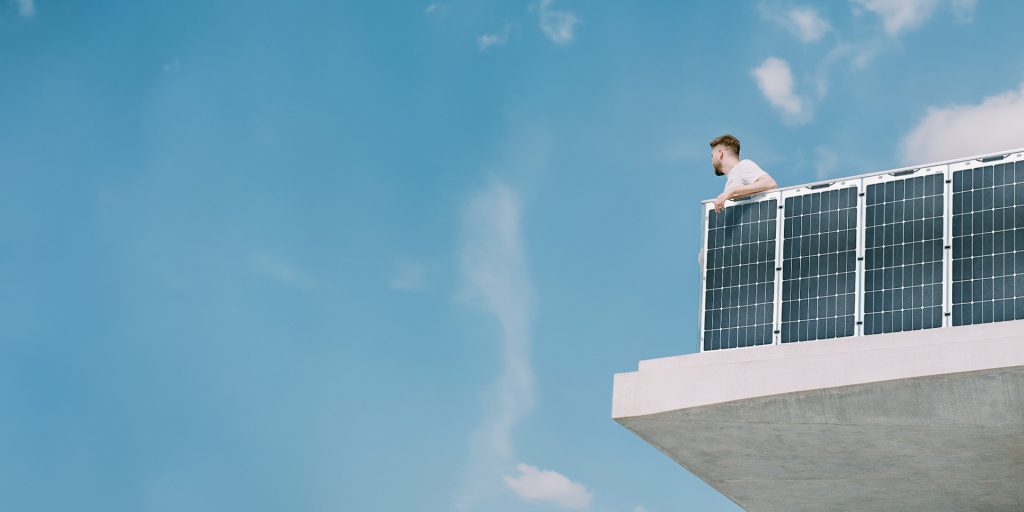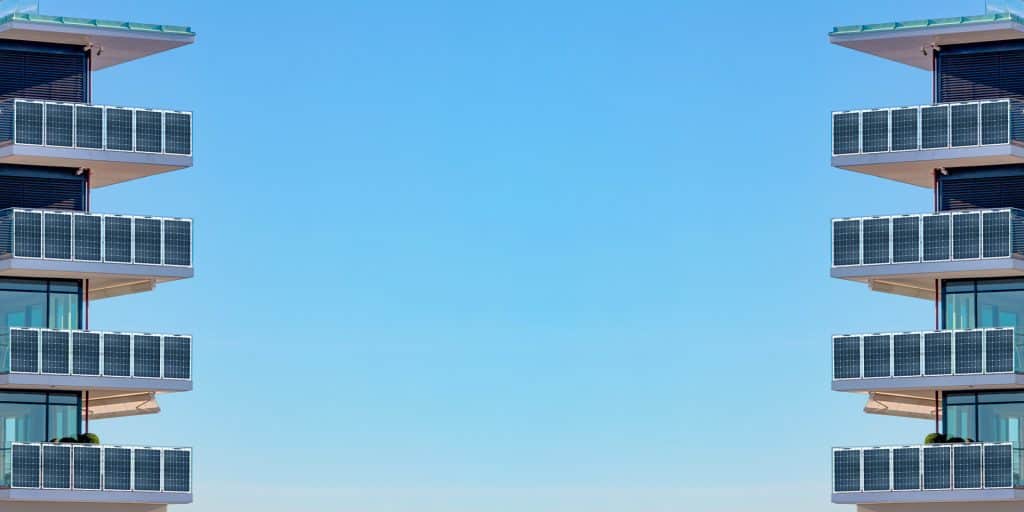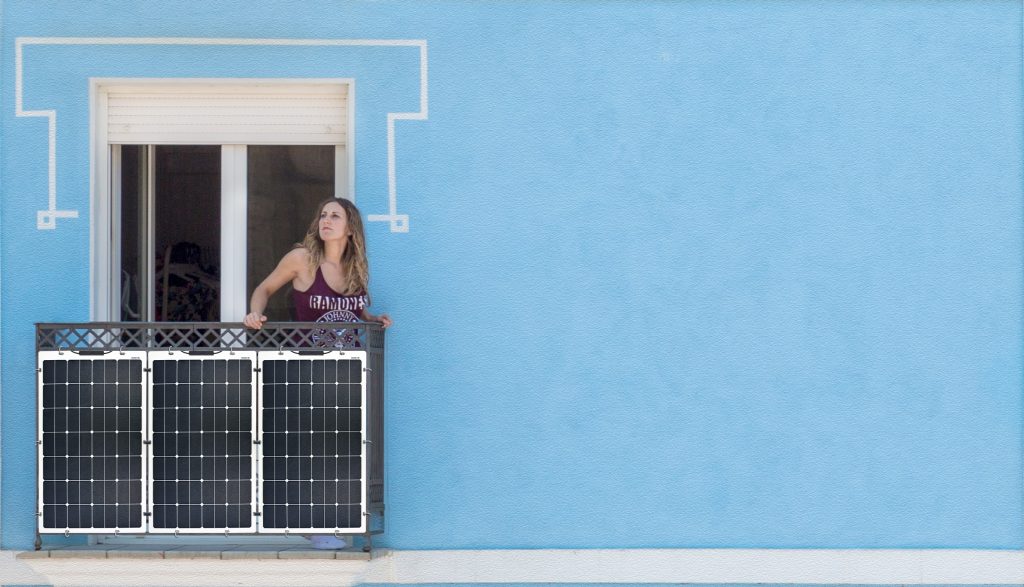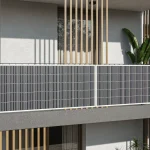Photovoltaic balcony systems, or PV balcony systems, have become a popular choice for residential and commercial property owners in Germany looking to reduce their energy bills and promote sustainable energy use. One of the latest trends in the PV balcony system industry is the collocation of multiple systems in one location. In this blog, we will discuss the benefits of PV balcony system collocation and provide an overview of the installation process.
Benefits of PV Balcony System Collocation The primary benefit of collocating multiple PV balcony systems is increased energy generation. When multiple systems are installed in the same location, they can generate more electricity collectively than a single system. This is because they can harness the sun’s energy from different angles and provide a larger surface area for energy collection.
Another benefit of PV balcony system collocation is increased cost efficiency. By installing multiple systems in the same location, property owners can take advantage of economies of scale. This means that the cost per unit of energy generated decreases as the size of the installation increases. Additionally, the cost of installation, maintenance, and repair can be shared between multiple systems, making it more affordable for property owners.
Reduced Carbon Footprint PV balcony systems are a clean and renewable source of energy that can significantly reduce a building’s carbon footprint. When multiple systems are collocated, they can generate even more clean energy, reducing the need for non-renewable sources of energy and helping to reduce greenhouse gas emissions. This is important because it helps to mitigate the effects of climate change and promote the use of sustainable energy.
Improved Energy Independence Collocating multiple PV balcony systems can also help property owners to increase their energy independence. By generating more electricity, they can reduce their dependence on traditional energy sources, such as coal and natural gas. This is particularly beneficial for commercial property owners who consume large amounts of energy, as it can help to reduce their energy costs and increase their independence.
Installation Process The installation process for PV balcony systems can vary depending on the specific requirements of each property, but there are some general steps that are followed. The following is an overview of the installation process for a typical PV balcony system collocation project.
Site Survey
The first step in the installation process is a site survey. A professional surveyor will visit the property to assess the suitability of the site for the installation of a PV balcony system. They will consider factors such as the orientation of the balconies, the amount of sunlight they receive, and any potential shading issues. Based on their assessment, they will provide a recommendation for the most suitable location for the systems.
Design and Planning
Once the site survey is complete, the next step is to design and plan the installation. The professional surveyor will work with the property owner to determine the best configuration for the systems, taking into account factors such as the size of the balconies, the amount of energy to be generated, and any specific requirements of the property owner.
Equipment and Materials
The next step is to purchase the equipment and materials needed for the installation. This includes the photovoltaic panels, inverters, cables, and mounting systems. The equipment and materials should be chosen based on the specific requirements of the installation and the energy needs of the property.
Installation
Once the equipment and materials have been purchased, the installation process can begin. This typically involves attaching the mounting systems to the balconies, installing the photovoltaic panels, connecting the inverters, and installing the cables. The installation should be carried out by a professional and licensed contractor to ensure that it is done safely and to the highest standards.
Testing and Commissioning
Once the installation is complete, a series of tests and adjustments are carried out on the entire system to ensure that it can play its best role in normal operation. The testing stage mainly includes the testing of components, inverters, batteries, wires and other parts, as well as the running test of the whole system. The commissioning stage includes debugging the electrical connection of the system, the connection between components, the inclination angle of the components, the orientation, etc., to ensure the maximum power generation and efficiency of the system. At the same time, it is necessary to pay attention to security issues to ensure the stability and security of the system to ensure that the system can run stably for a long time.











